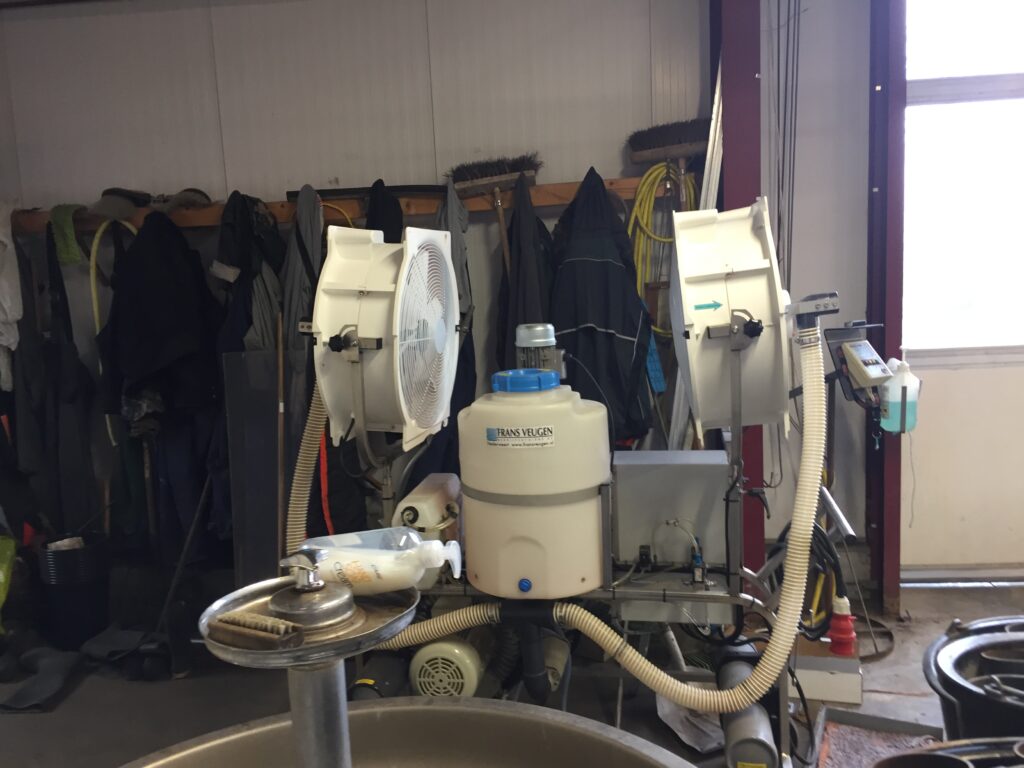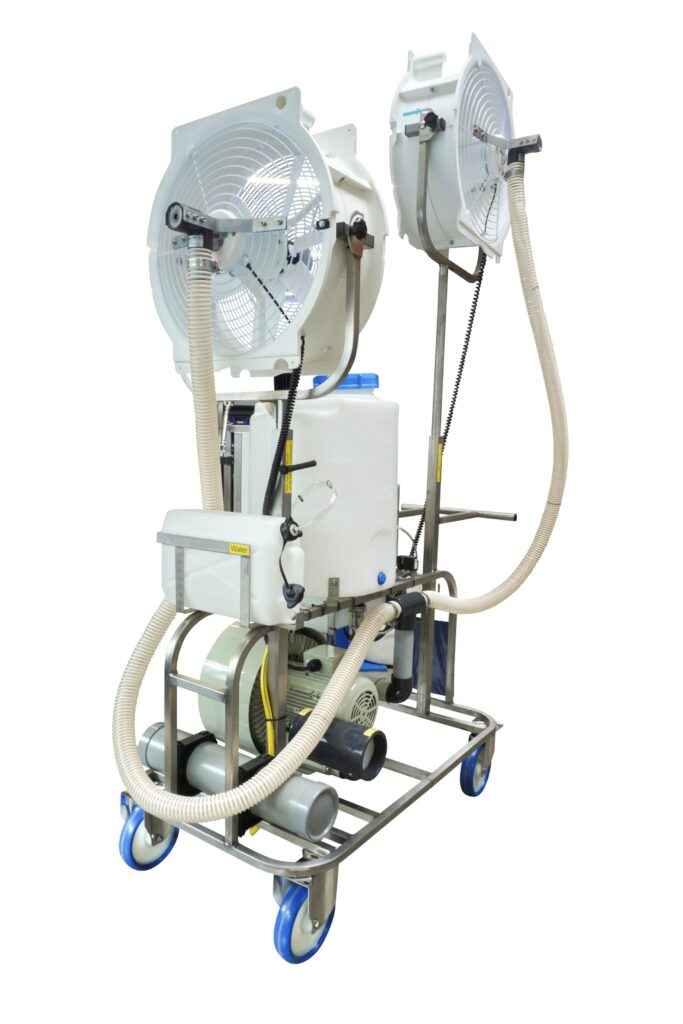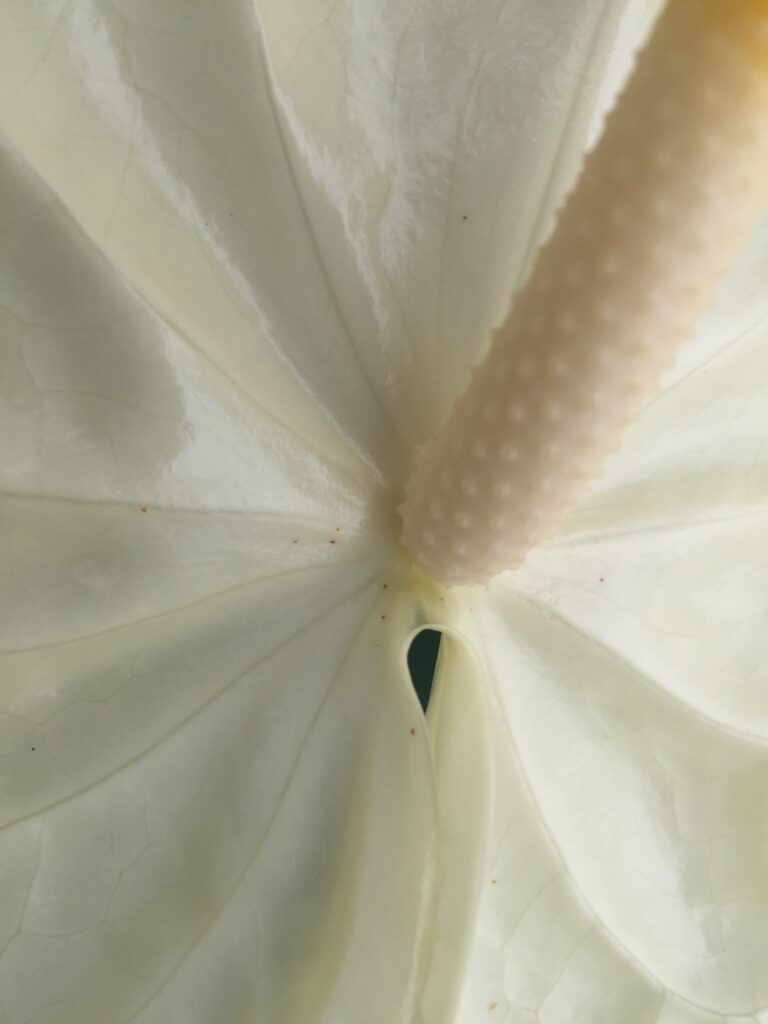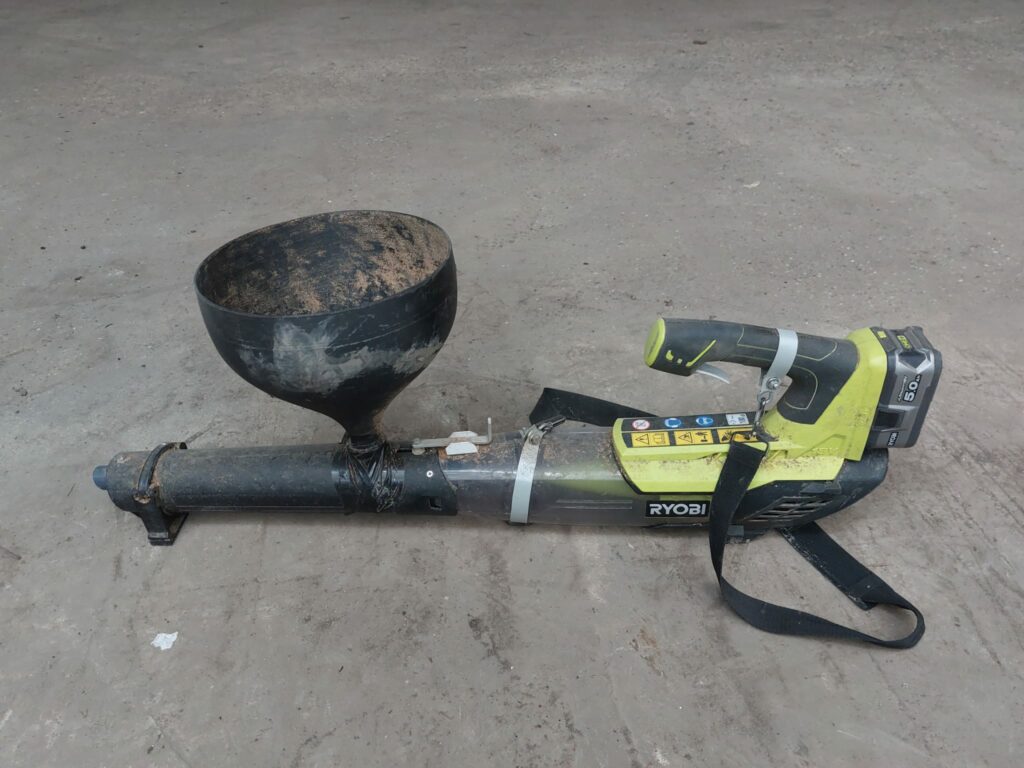Tobacco Thrips (Thrips parvispinus) are found worldwide and notorious in countries such as Indonesia, India and China. These Thrips also pose a serious threat in Kenya (papaya crop), the USA and Hawaii. In Europe (notably Greece) they have also been present for more than 25 years. In the Netherlands, tobacco thrips first appeared in green plant cultivations in 2019 and were discovered in Anthurium cultivations last year.
The Thrips cause considerable damage to plants and are difficult to control. Therefore, it is important to be alert for signs of tobacco Thrips so that prompt action can be taken. Last March, we concentrated on the signaling and scouting of Tobacco Thrips. We discuss this newcomer in two parts, the first part you can read here: https://anthuratest.nl/growing-advise/scouting-a-difficult-newcomer-tobacco-thrips/?lang=en This edition focuses on the approach to Tobacco Thrips (Thrips parvispinus).
Behaviour
These Thrips are characterized by very entrenched behaviour. They prefer to hide in the young, rolled-up leaves, where they cause the most damage. Thrips’ pupation mainly takes place in the soil. Egg deposition takes place in the bract leaves, which can cause the characteristic small brown round spots on the flowers. These are especially visible on the light-coloured varieties.
- Ei krater
- Ei krater
Approach
We have learned that with a combined approach we can keep the Thrips under control and in some cases clear them from the nursery altogether. The targeted use of chemicals in combination with proper coordination of biological control agents and green crop protection agents is of immense importance.

Chemical approach
In the case of a serious infestation, it is very important to control the pest with chemicals first. The use of plenty of liquid attractants (beware of sooty mould) and diluents (some types can cause severe damage to Anthurium) is important. At the end of the cycle, bio-friendly products should be used so that the biology can make a running start. This is a link to an article of Delphy.
Hygiene
Eliminating the source of these Thrips is extremely important. Tobacco Thrips spread more slowly than many other Thrips. Proper crop scouting and removal of infested plants is highly effective. Growing sensitive species in a separate section or compartmentalizing the greenhouse by a strip of foil 1.5 meters high also seems to be successful. Tobacco Thrips fly lower than other Thrips. Minimizing plant movements is also important, as is intensive cleaning of the cultivation system at the end of cultivation. These Thrips are known to reappear in old, infested areas months later if not cleaned properly.
Leaf predators
The effect of the leaf predators Swirski, Montdorensis and Cucummeris on Tobacco Thrips is indisputable. However, the numbers to be deployed, the microclimate and the supplementary feeding strategy determine the degree of success on this newcomer. Monitoring the population development of leaf predators is important. This monitoring can be done using rinse samples, which are offered by many horticultural suppliers. Intensive supplementary feeding can keep the leaf predator population at healthy levels.
- Source: Koppert – Automatic blow-in-system
- Manual blow-in-system
- Manual blow-in-system
Soil predatory mite
The inclusion of soil predatory mites such as Hypoaspis and Macromite is advisable. But the real effectiveness of soil predatory mites is still a matter of research.
Green agents
The effectiveness of several green agents is also the subject of research. Anthura has commissioned Vertify to test the effectiveness of several green agents that are currently used in practice, specifically in relation to Tobacco Thrips in Anthurium.
Fungal preparations
Fungal preparations are proving to be highly effective in dealing with several pests. There are also hopeful signals from the field against Parvispinus Thrips. However, agents based on fungal strains such as Beauveria and Lecanicillium also seem to be helpful. Dispense can be carried out using the LVM (Low Volume Method). The fact that Anthurium can be grown at a high RH (low HD-humidity deficit) appears to be a great advantage in terms of the development of the fungus in the crop.

LVM

LVM – Source: Frans Veugen
Eelworms
The effect of eelworms on Tobacco Thrips is currently insufficient. The highly entrenched behaviour of the larvae and the tremendous mobility of the adult females may be disadvantages.
Identification
It is very important to know what Thrips you are dealing with as a grower. Only then can a proper control strategy be chosen. Anthura has recognized this and has started to work on identification by means of a PCR test. We are currently able to identify about five Thrips, regardless of their stage of life, using this technique.
We will only use these PCR tests internally and we want to share the resulting information with our customers’ suppliers. We will therefore not be carrying out these tests for our customers.
Research
Research is being conducted at several institutions on the behaviour of, and proper approach to, these Thrips. Several studies on predatory mites are ongoing and the effectiveness of green agents, eelworms and fungal preparations are also being investigated.
WUR
In order to develop effective control measures and resilient cultivation systems against this new invasive Thrips species, it is essential to understand their behaviour, development, and interaction with other species. The WUR (Wageningen University & Research) research focuses on these aspects.
Vertify
In this research commissioned by Anthura, different biological crop protection methods, green agents, insects, parasitic nematodes, and fungi are tested against tobacco Thrips.
- Mesh cages
- Mesh cages
If you have any questions regarding the above information, please contact Andre Lont, Crop Optimization Department.












